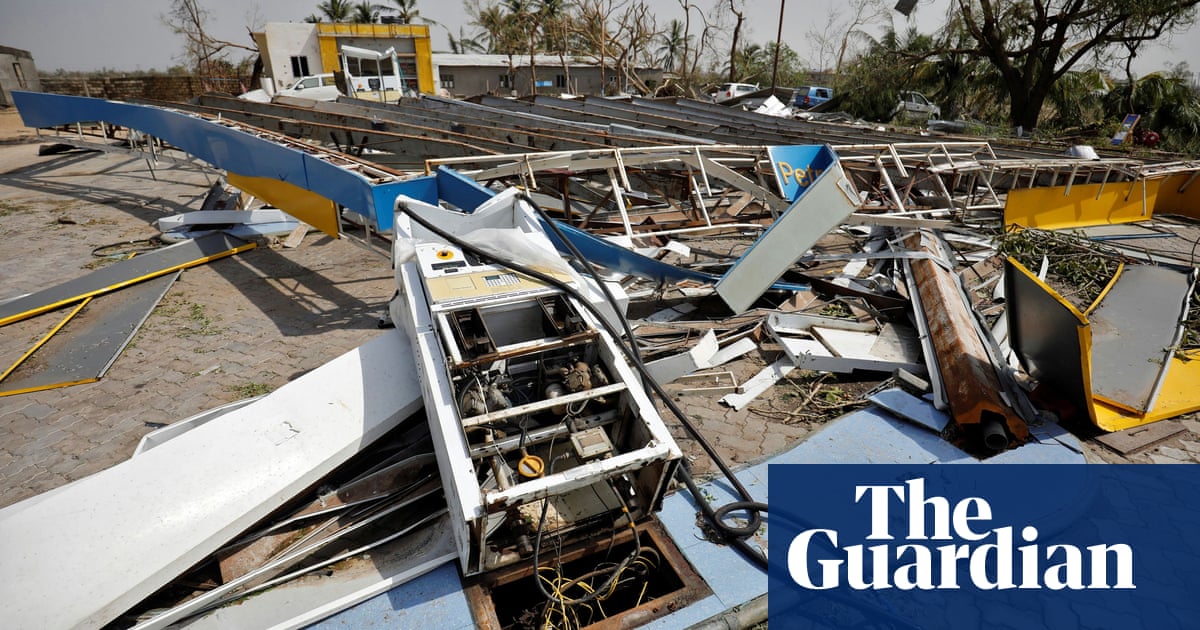Destructive Cyclone Remal Impacts India, Bangladesh

The Facts
At least 36 people have died in India and Bangladesh after Tropical Cyclone Remal lashed South Asia, which weakened into a depression on Monday.
Cyclone Remal brought 110 km/h (68 mph) wind speeds, torrential rain, and tidal surges, flooding low-lying areas and forcing nearly 1M evacuations on landfall Sunday.
The Spin
Narrative A
India's cyclone season is intensifying due to the rapidly warming Indian Ocean. Cyclones in recent years, like Tauktae and Yaas, caused widespread disruption and mass evacuations. Rising sea temperatures driven by climate change, particularly in the Arabian Sea, lead to more frequent and severe cyclones.
Narrative B
Despite speculation about the future cyclones in the region and the factors that exacerbate them, the reality is forecasting technology has a long way to go. Existing forecasting systems often underestimate cyclone speeds and intensity, although forecast accuracy has improved. Improving forecasting models is vital to building situational awareness and enhancing disaster preparedness in the future.







